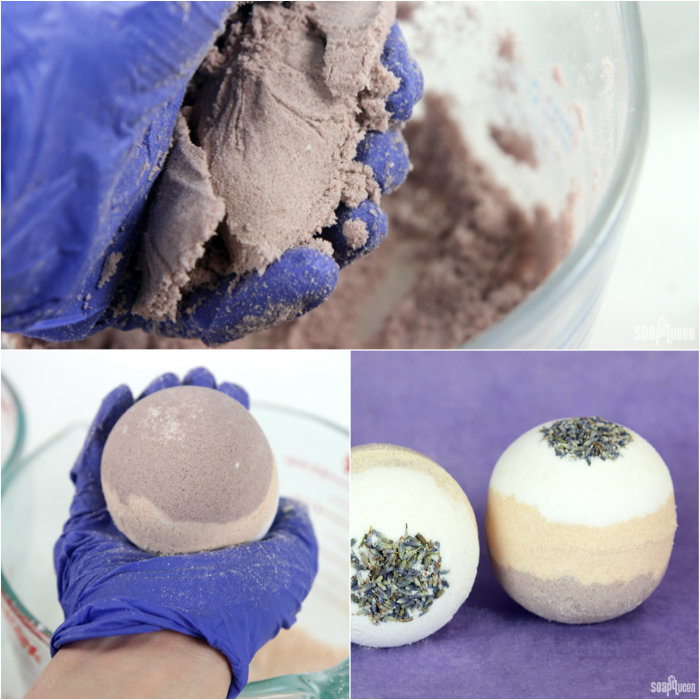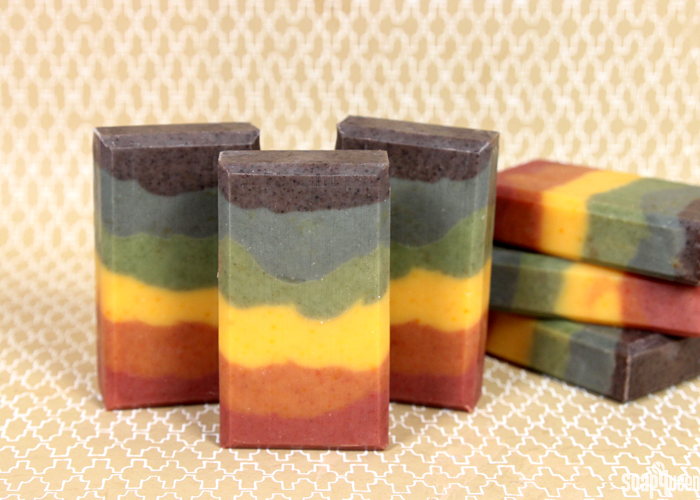Purple projects closed out the #SoaptheRainbow series this week. It’s hard to believe it’s already over. We loved seeing all your beautiful creations. There is still time to enter to win a Grand Prize worth more than $250. Enter to win here. If you’re in the mood for more purple inspiration, this blog post has you covered.
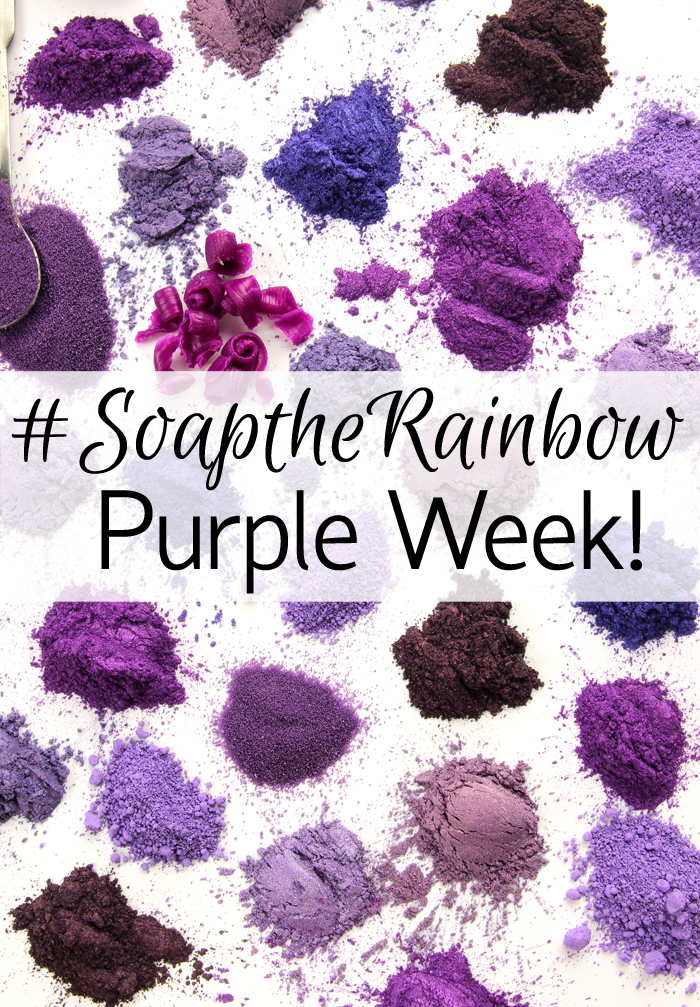
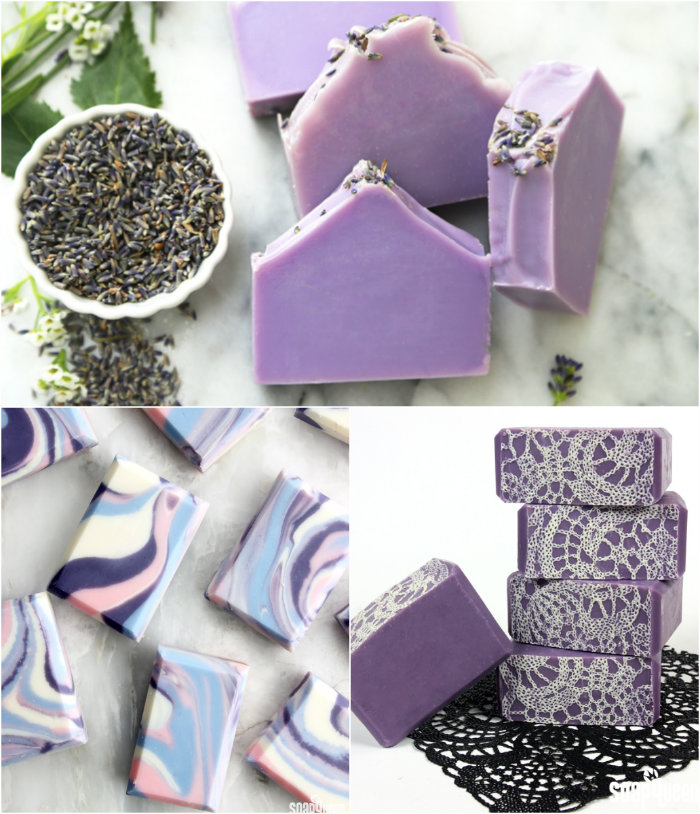 Top, clockwise:
Top, clockwise: 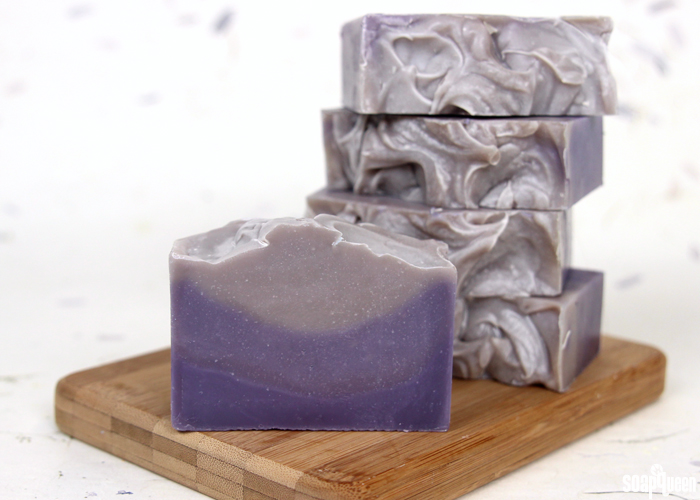
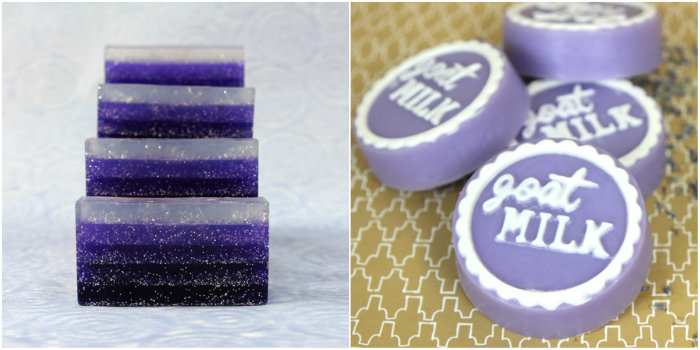 Left to right:
Left to right: 